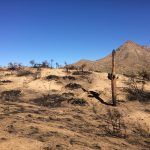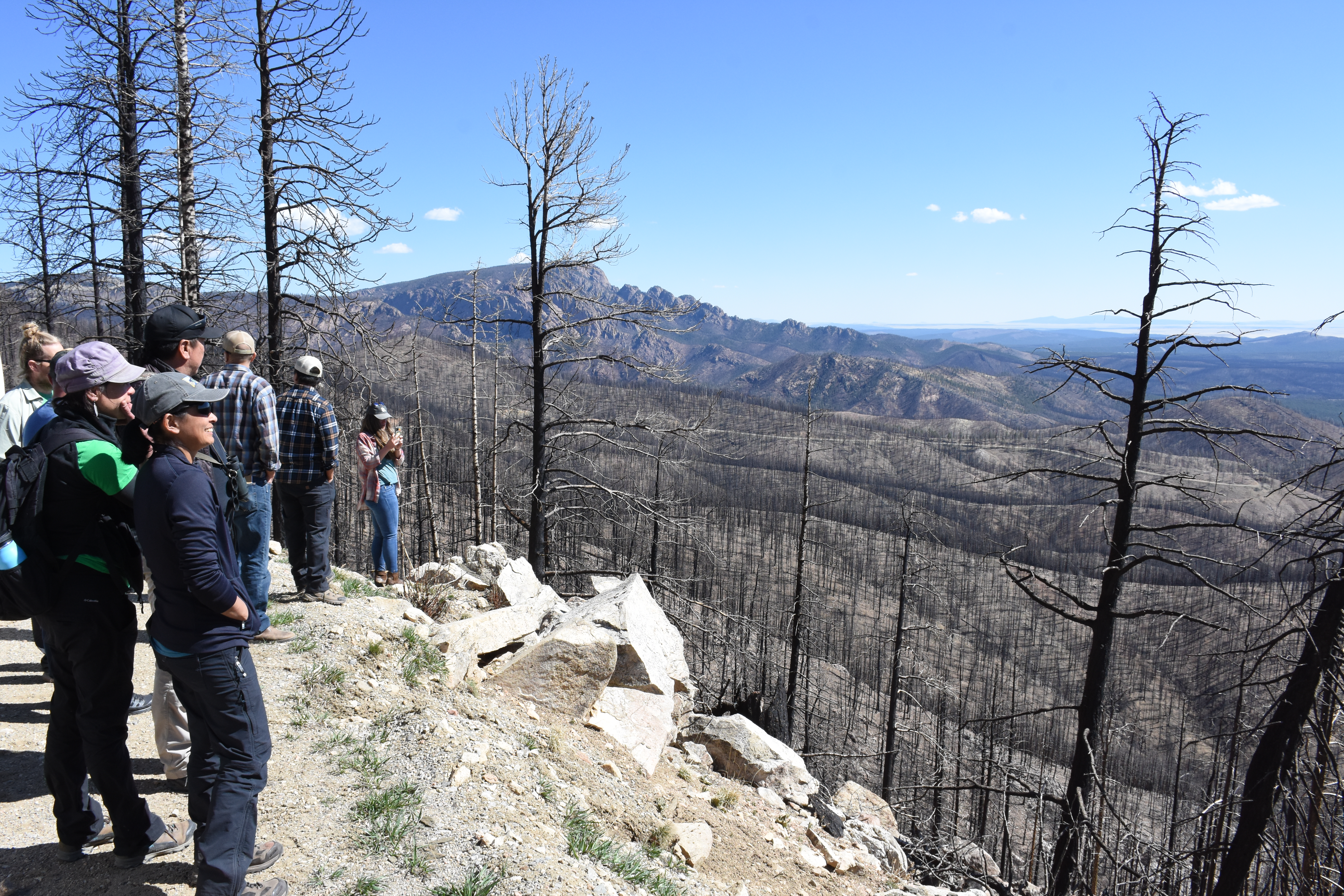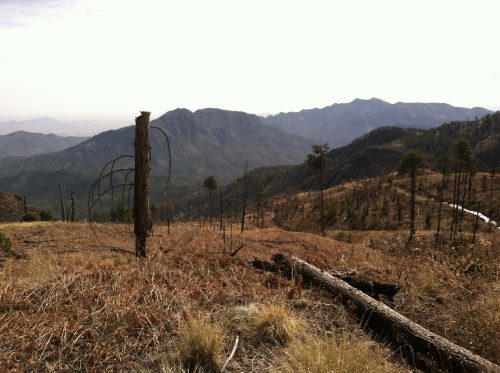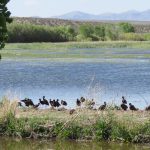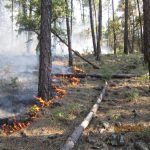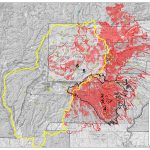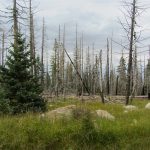Sonoran Fuel Breaks Field Trip – February 2024
This field trip will delve into the critical issues of wildfire risk and invasive species management in the Sonoran Desert near Phoenix, AZ. We will hear from public, state, and private land managers who have been conducting wildfire operations, prescribed burns, thinning, and invasive plant…
Hermit’s Peak Calf Canyon Fire: One Year Later
The Hermit’s Peak Calf Canyon Fire was a devastating event for New Mexico. Many communities were affected, and while this fire was unique, it will not be for long. Climate change and the effects of a century of fire exclusion mean that fires like this…
Telegraph Fire-10 months Post-Fire
We hosted a single day field trip that made four stops within the 2021 Telegraph Fire perimeter. The Telegraph Fire, human caused and still under investigation, started 1.5 miles southeast of Superior, Arizona on June 4, 2021 and burned 180,757 acres before being fully contained…
Southwest Vegetation Type Conversion: A workshop summary
by Rachel M. Gregg, EcoAdapt, and Laura A. Marshall, University of Arizona Increasingly common large and severe fires in the Southwest are now often followed by vegetation type conversions (VTC) where once-dominant vegetation fails to return to its pre-fire state. Case studies have documented abrupt…
September 2019: Museum Fire
The Museum Fire began on July 21, 2019 in the Dry Lake Hills area just north of downtown Flagstaff. It burned 1,961 acres and cost an estimated $9 million to suppress. We hosted a field trip that involved the Flagstaff Watershed Protection Project (FWPP) that…
April 15, 2019: BALN Regen
We hosted a one day field trip to the 2017 Boundary Fire burned area. We made seven stops and discussed the effects of earlier fires such as the Pumpkin Fire (2002) and the Horseshoe-Hockdeffer Fire (1996) on reforestation. The topics discussed were natural reforestation, artificial…
Horseshoe 2 Fire: 6 years Post-Fire
We hosted a two-day field trip to visit various locations within the perimeter of the 2011 Horseshoe 2 Fire (including Chiricahua National Monument and Coronado National Forest). Topics discussed include: wildlife impacts, rangeland impacts, watershed and hydrology effects, and historic fire regime and re-burn issues.…
Bosque del Apache NWR-Fire and Wildlife Management
The 57,000 acre Bosque del Apache National Wildlife Refuge is a unique landscape with uplands and water features, including a stretch of the Rio Grande River. It provides an important wintering ground for cranes and geese. Refuge staff depend upon and utilize various tools to…
December 2, 2016: Altar Valley
Altar Valley Field Trip In November and December 2016, we co-hosted a conference in Tucson, Arizona with the Association for Fire Ecology (Beyond hazardous fuels: Managing fire for social, economic, and ecological benefits). During the conference, we arranged three separate field trips. The link below…
September 10, 2015: Fire Management on the San Carlos Apache Reservation
We took a full day field trip to visit various fires managed through partnership between the San Carlos Apache (SCA) Tribe and the BIA San Carlos Agency. Over the last several years, they have built a mosaic of fire by allowing fire to retake its…
October 2014: Jemez Mountains
We put together a field trip for the JFSP governing board to tour the Jemez Mountains area with a focus on understanding/studying the fires that occurred there over several decades. The field trip materials below are listed in order of each place we stopped. We…
August 21, 2014: Pinaleño Mountain Range
We conducted a single day field trip to learn about the fire and disturbance history of the Pinaleño Mountain Range in southeastern Arizona. We discussed the disturbance history, primarily from fire and insect, the local management plans to restore mixed conifer and spruce-fir through the…

